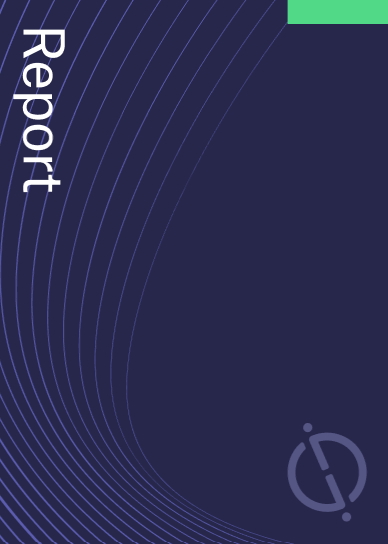Osaka Gas has been granted a patent for an alloy material that can be used in fuel cells. The material includes a metal oxide thin layer that can be formed using a simple and cost-effective method. The alloy material also helps to suppress the volatilization of chromium, which can cause fuel cell deterioration. The patent includes a manufacturing method for the alloy material, which involves coating a substrate made of a Fe-Cr based alloy with cobalt and performing an oxidation treatment. The substrate contains copper, manganese, and chromium within specific mass percentages, and the metal oxide layer contains more cobalt than the substrate. GlobalData’s report on Osaka Gas gives a 360-degree view of the company including its patenting strategy. Buy the report here.
According to GlobalData’s company profile on Osaka Gas, reformer integrated fuel cells was a key innovation area identified from patents. Osaka Gas's grant share as of September 2023 was 16%. Grant share is based on the ratio of number of grants to total number of patents.
Alloy material with metal oxide layer for fuel cells
A recently granted patent (Publication Number: US11767586B2) discloses an alloy material with unique properties. The alloy material consists of a substrate made of a Fe—Cr based alloy and a layer formed on/over the substrate. The substrate contains specific amounts of Cu, Mn, and Cr, with Cu ranging from 0.10 mass % to 1.0 mass %, Mn being 0.05 mass % or more, and Cr ranging from 18 mass % to 25 mass %.
The layer on the substrate consists of a first layer and a second layer. The first layer is made of a metal oxide containing Cr and is formed on/over the substrate. The second layer, formed on/over the first layer, is a metal oxide layer that contains more Co than the first layer, as measured by EPMA analysis. Interestingly, the substrate contains more Co than the second layer, as measured by EPMA analysis.
In addition to the above claims, the patent also mentions the formation of a Co-containing region within the substrate. This region is located at a portion inside the substrate, specifically facing the interface between the substrate and the layer. This Co-containing region adds to the unique composition and properties of the alloy material.
Furthermore, claim 3 states that the second layer of the alloy material also contains Mn. This additional element further enhances the characteristics and performance of the alloy material.
Overall, this granted patent presents an alloy material with a specific composition and layered structure. The inclusion of Cu, Mn, and Cr in the substrate, along with the presence of Co in both the substrate and the second layer, contributes to the unique properties of the material. The formation of a Co-containing region within the substrate and the inclusion of Mn in the second layer further enhance the alloy material's performance. This patent provides valuable insights for researchers and manufacturers in the field of alloy materials, offering potential applications in various industries.
To know more about GlobalData’s detailed insights on Osaka Gas, buy the report here.
Data Insights
From

The gold standard of business intelligence.
Blending expert knowledge with cutting-edge technology, GlobalData’s unrivalled proprietary data will enable you to decode what’s happening in your market. You can make better informed decisions and gain a future-proof advantage over your competitors.






